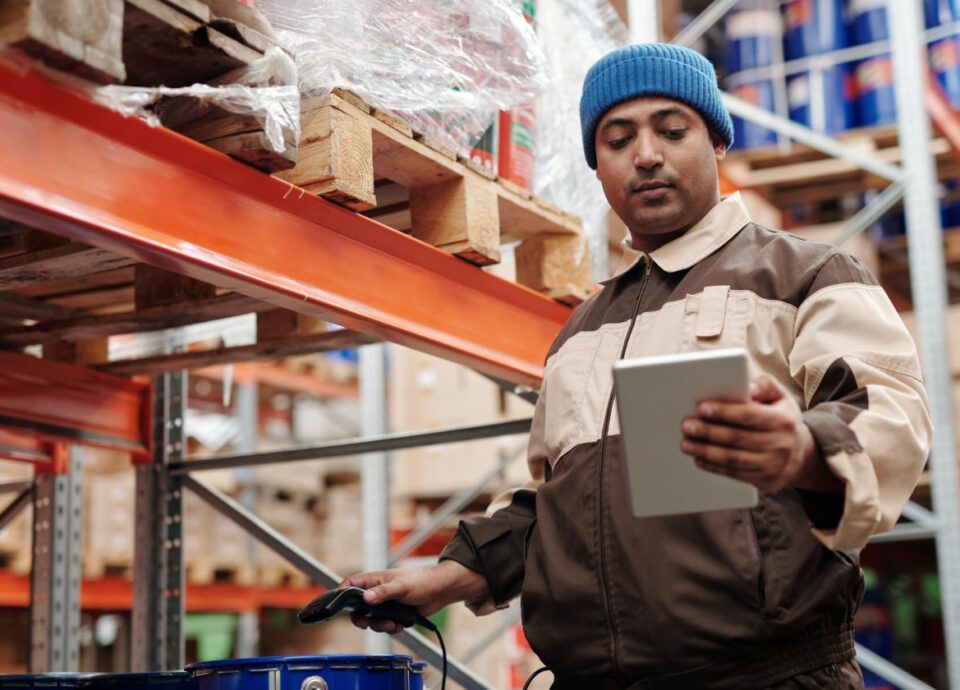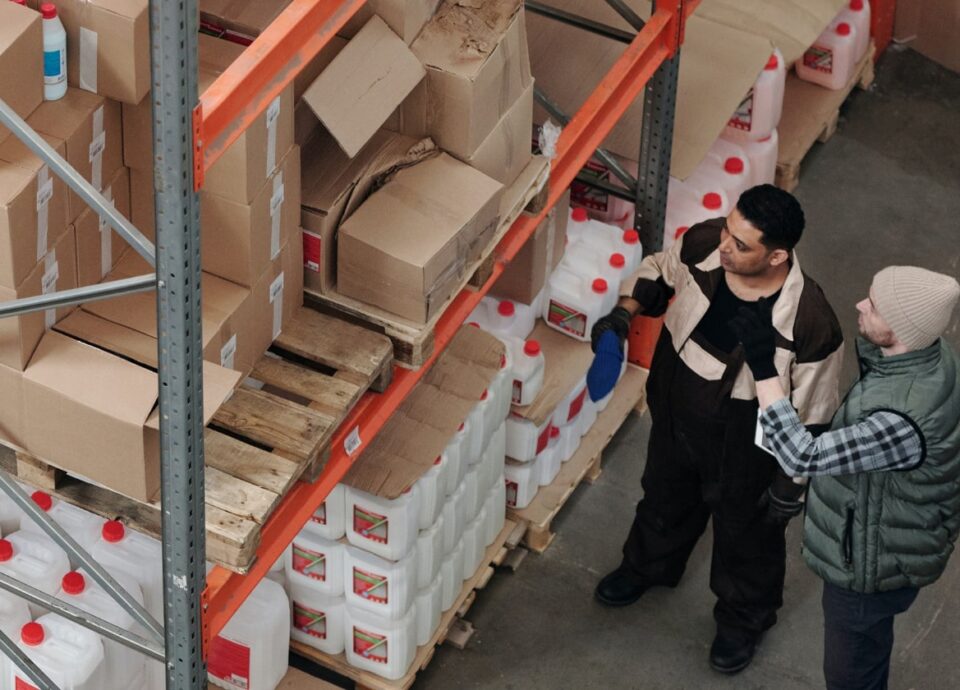Navigating customs clearance can feel like solving a complex puzzle, especially when your valuable packages are at stake. Whether you’re a business owner importing goods or an individual receiving international packages, understanding the customs process is crucial for avoiding delays, unexpected fees, and potential seizures.
In this comprehensive guide, we’ll walk you through everything you need to know to ensure your packages sail through customs without a hitch.
Understanding Customs Clearance: The Basics
Customs clearance is the process by which government authorities inspect and approve imported goods before they enter a country. This procedure serves multiple purposes:
- Security screening to prevent illegal items from entering the country
- Revenue collection through duties and taxes
- Trade regulation to protect domestic industries
- Health and safety compliance to ensure products meet national standards
The process typically involves document verification, physical inspection (when necessary), and payment of applicable duties and taxes.
Essential Documents for Smooth Clearance
Having the right paperwork is your first line of defense against customs delays. Ensure you have these critical documents ready:
Commercial Invoice
This is arguably the most important document for customs clearance. Your commercial invoice should include:
- Detailed description of goods
- Country of origin
- Unit prices and total value
- Currency used
- Seller and buyer information
- Terms of sale (FOB, CIF, etc.)
Packing List
A comprehensive packing list should detail:
- Quantity of items
- Weight and dimensions
- Packaging materials used
- Contents of each package
Certificate of Origin
This document proves where your goods were manufactured and may qualify them for preferential duty rates under trade agreements.
Import/Export Licenses
Certain goods require special permits or licenses. Check if your items fall under restricted categories such as:
- Electronics and telecommunications equipment
- Medical devices and pharmaceuticals
- Food and agricultural products
- Chemicals and hazardous materials
Pro Tips for Accurate Documentation
Be Extremely Specific in Descriptions
Avoid vague terms like “miscellaneous items” or “spare parts.” Instead, use precise descriptions:
- ❌ “Electronic devices”
- ✅ “Bluetooth wireless headphones, model XYZ-123”
Declare the Correct Value
Undervaluing goods might seem tempting to reduce duties, but it’s illegal and can result in:
- Penalties and fines
- Package seizure
- Criminal charges in severe cases
- Delays in future shipments
Always declare the actual commercial value or fair market value for personal items.
Use Harmonized System (HS) Codes
HS codes are international product classification numbers that help customs officials quickly identify your goods and determine applicable duties. Using the correct HS code can:
- Speed up the clearance process
- Ensure proper duty calculation
- Reduce the risk of inspection
Common Customs Pitfalls and How to Avoid Them
Prohibited and Restricted Items
Before shipping, always check the destination country’s prohibited items list. Commonly restricted items include:
- Weapons and ammunition
- Certain foods and agricultural products
- Counterfeit goods
- Some electronics and batteries
- Prescription medications
Packaging Considerations
Poor packaging can trigger additional inspections:
- Use sturdy, appropriate packaging materials
- Ensure items are well-protected and won’t shift during transport
- Label packages clearly with contents
- Avoid excessive packaging that might raise suspicion
Documentation Errors
Small mistakes can cause big delays:
- Double-check all numbers and calculations
- Ensure consistency across all documents
- Verify recipient information is accurate
- Include complete contact details
Working with Customs Brokers
For complex or high-value shipments, consider hiring a licensed customs broker. These professionals can:
- Prepare and file necessary documentation
- Calculate duties and taxes accurately
- Handle communications with customs officials
- Provide guidance on trade regulations
- Expedite clearance for urgent shipments
When choosing a customs broker, look for:
- Proper licensing and certifications
- Experience with your type of goods
- Good reputation and references
- Transparent fee structure
- Electronic filing capabilities
Understanding Duties and Taxes
Customs duties are calculated based on several factors:
- Ad Valorem: A percentage of the goods’ value
- Specific: A fixed amount per unit or weight
- Compound: A combination of both methods
Additional charges may include:
- Value Added Tax (VAT) or Goods and Services Tax (GST)
- Excise duties on specific products
- Anti-dumping duties
- Processing fees
Research the duty rates for your specific goods and destination country using official customs websites or trade databases.
Technology Solutions for Streamlined Clearance
Modern technology can significantly simplify the customs process:
Electronic Data Interchange (EDI)
Many countries now accept electronic submissions of customs documents, which can:
- Reduce processing times
- Minimize paperwork errors
- Provide real-time status updates
- Lower administrative costs
Customs Management Software
Specialized software can help businesses:
- Generate proper documentation
- Calculate duties automatically
- Track shipment status
- Maintain compliance records
Mobile Apps and Online Portals
Many customs authorities offer mobile applications and web portals that allow you to:
- Submit declarations electronically
- Pay duties online
- Track clearance status
- Receive notifications
Best Practices for Different Types of Shipments
Personal Items and Gifts
- Keep receipts for all items
- Use clear, honest descriptions
- Be aware of personal exemption limits
- Consider gift thresholds to avoid duties for recipients
Commercial Goods
- Maintain detailed inventory records
- Establish relationships with reliable freight forwarders
- Consider using Free Trade Zone facilities
- Implement supply chain security programs like C-TPAT
High-Value Items
- Consider purchasing customs bond insurance
- Use secure packaging and shipping methods
- Provide additional documentation for authenticity
- Consider temporary importation procedures if applicable
Dealing with Customs Delays and Issues
Despite your best efforts, delays can still occur. Here’s how to handle them:
Stay Proactive
- Monitor shipment status regularly
- Respond quickly to customs requests for information
- Maintain copies of all documentation
- Keep contact information for relevant parties handy
Common Resolution Strategies
- Provide additional documentation when requested
- Pay duties and fees promptly
- Work with your customs broker to address concerns
- Consider appealing decisions if you believe they’re incorrect
Learning from Experience
- Keep detailed records of what caused delays
- Adjust future shipping procedures based on lessons learned
- Build relationships with customs officials and brokers
- Stay updated on changing regulations
Staying Compliant with Changing Regulations
Customs regulations are constantly evolving. Stay informed by:
- Subscribing to customs authority newsletters
- Joining trade associations in your industry
- Attending customs seminars and webinars
- Consulting with trade law attorneys for complex matters
- Using automated compliance monitoring tools
Regional Considerations
Different regions have unique customs procedures and requirements:
North America (USMCA/NAFTA)
- Take advantage of preferential duty rates
- Understand rules of origin requirements
- Use electronic filing systems like ACE (Automated Commercial Environment)
European Union
- Familiarize yourself with EORI (Economic Operators Registration and Identification) numbers
- Understand VAT procedures for different member states
- Consider using Union Customs Code provisions
Asia-Pacific
- Research specific country requirements for each destination
- Understand cultural considerations in documentation
- Consider using regional trade agreement benefits
The Future of Customs Clearance
The customs landscape is rapidly evolving with new technologies and procedures:
Blockchain Technology
Some countries are implementing blockchain solutions for:
- Secure document sharing
- Immutable transaction records
- Faster verification processes
Artificial Intelligence
AI is being used for:
- Risk assessment and targeting
- Automated document processing
- Predictive analytics for faster clearance
Internet of Things (IoT)
IoT devices are enabling:
- Real-time cargo tracking
- Automated reporting of shipment conditions
- Enhanced security monitoring
Conclusion
Ensuring smooth customs clearance requires attention to detail, proper preparation, and ongoing compliance with regulations. By following the strategies outlined in this guide, you can minimize delays, reduce costs, and maintain good standing with customs authorities.
Remember that customs procedures can vary significantly between countries and even between different ports within the same country. When in doubt, consult with qualified customs professionals who can provide guidance specific to your situation.
The key to success lies in treating customs clearance not as an obstacle, but as a manageable part of your international shipping process. With the right knowledge, documentation, and approach, you can ensure your packages reach their destination smoothly and efficiently.
Whether you’re shipping personal items to family abroad or running a global business, mastering customs clearance procedures will save you time, money, and stress in the long run. Stay informed, stay compliant, and keep your international shipments moving smoothly through customs.


